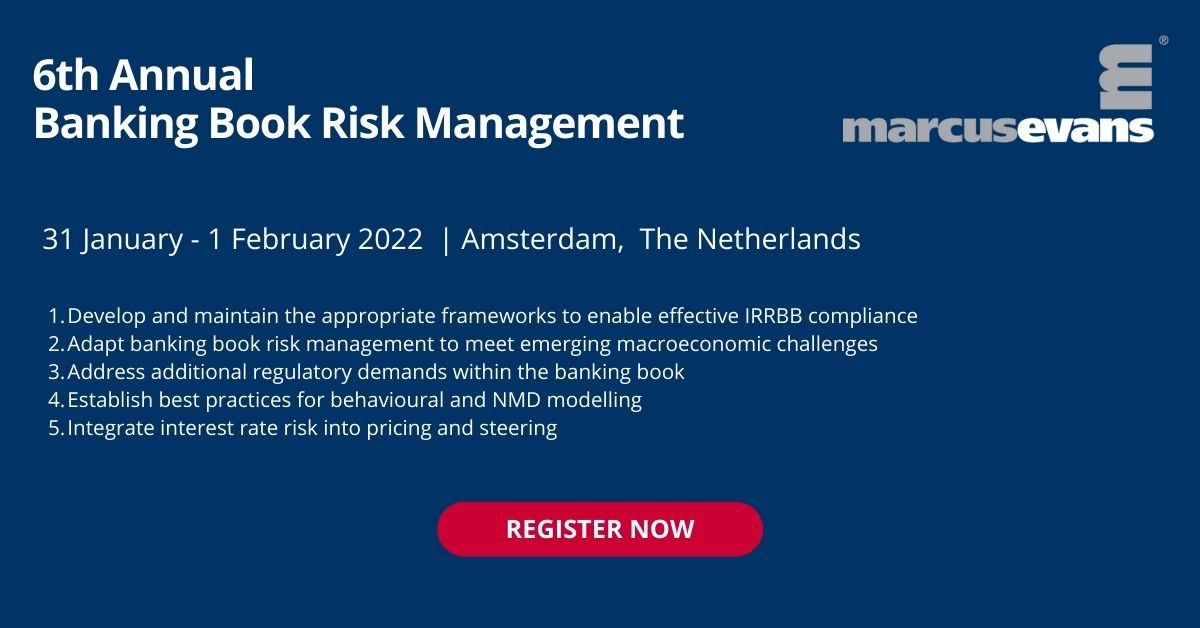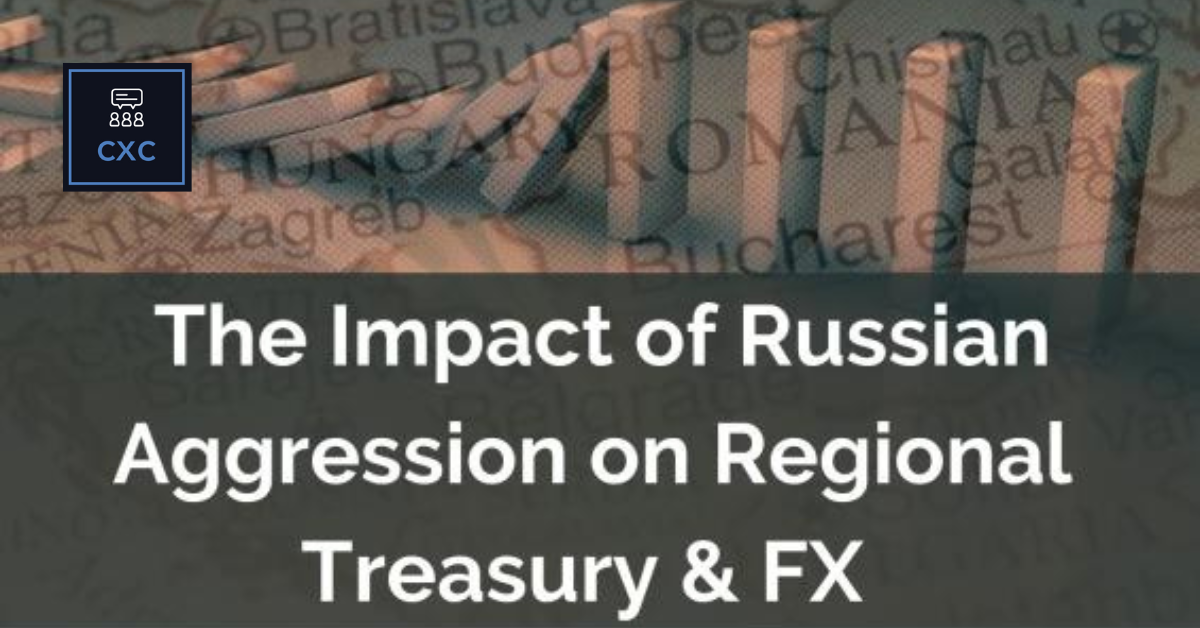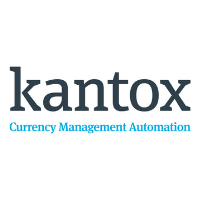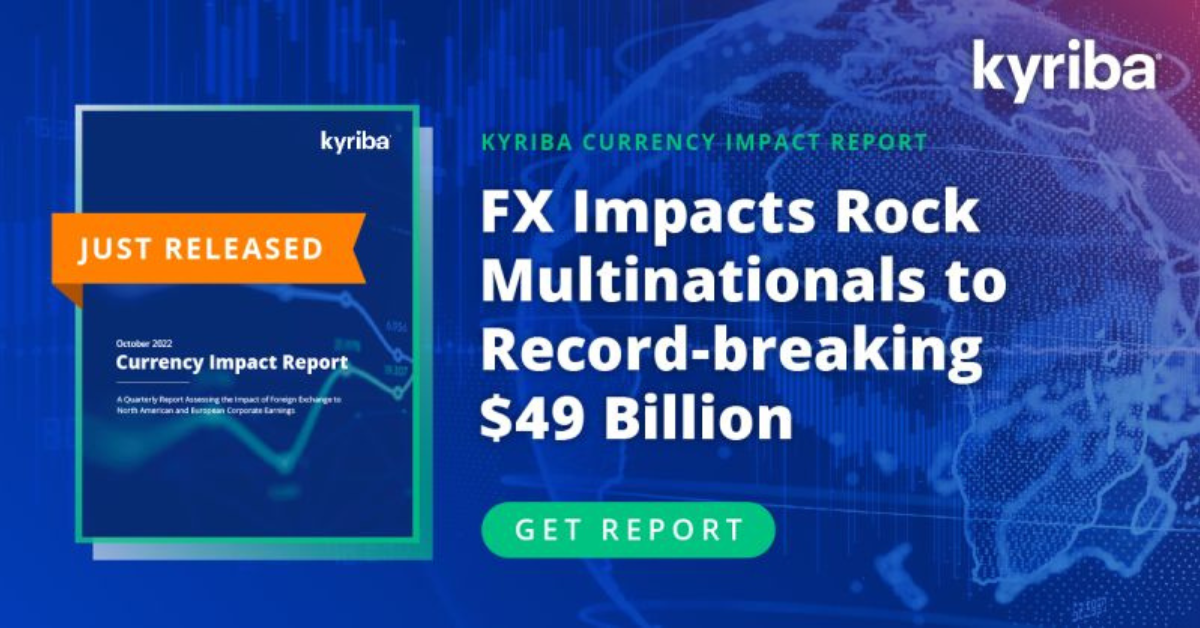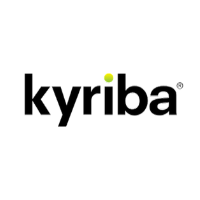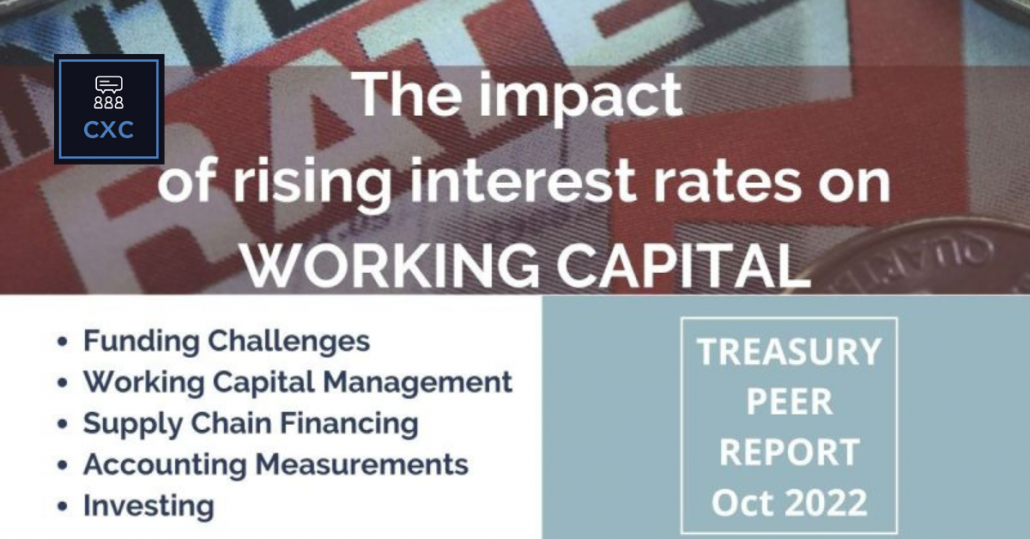Early October SWIFT launched two publications describing the results of two important experiments, one on interoperability and the other on tokenization. In these publications SWIFT has aid out its blueprint for a global central bank digital currency (CBDC) network following an 8-month experiment on different technologies and currencies.
SWIFT thereby said that it had solved “one of the thorniest” problems central bank digital currency (CBDC) developers have been wrestling with: How to use them for cross-border transactions and how to create interoperability between different networks. The idea is that once scaled-up, via SWIFT’s interoperability solution banks may need only one main global connection, rather than thousands if they were to set up connections with each counterpart individually.
“We see inclusivity and interoperability as central pillars of the financial ecosystem, and our innovation is a major step towards unlocking the potential of the digital future”, Tom Zschach, Chief Innovation Officer SWIFT.
Let us have a deeper look!
Present CBDC projects: the interoperability issue
As told in my last blog the emergence of CBDCs is gathering speed with a growing number of central banks worldwide building, studying or considering digital versions of their national currencies thereby starting to seriously map out the massive, costly infrastructure required to roll out digital currencies backed by countries. .
Globally, nine out of 10 central banks are. now actively exploring into digital currencies, often using different technologies. However with a primary focus on domestic use.
Many Central Banks are thereby struggling with its technological complexities including the issues of interoperability and standardisation. Few of the roughly 100 countries are working on making them interoperable via technical standards and those that are, are generally doing so in small groups with neighbouring countries and trading partners, such as in the EU.
But with multiple players building different solutions, on different technology platforms, the danger is that it will result in a future digital financial ecosystem consisting of ‘digital islands’ that can’t interact with one another, which may limit large scale adoption.
For the potential of CBDCs to be fully realised across borders, these digital currencies need to overcome inherent differences to interact with each other, as well as with traditional fiat currencies. That potential however can only be accomplished if the various methodologies that are being explored could unite and work together.
That is why the attention of a growing number of those central bank experiments, is rapidly turning to how the CBDCs of different countries could interact when using different networks. Making CBDCs interoperable is however difficult.
Two SWIFT Publications
Early October SWIFT launched two publications outlining how CBDCs could work in the real world, with a particular focus on cross-border payments. They thereby explored the use of a blockchain system to connect these different blockchains, something that has not been achieved in the crypto space:
SWIFT views inclusivity and interoperability as central pillars of the future financial network/ecosystem. They have been looking at ways to make CBDCs work globally, making them compatible with regular currencies.
In these publications SWIFT described the findings from two separate experiments that started in December 2021, demonstrating how to successfully transact between different CBDC blockchains networks as well as with traditional payment networks.
Two Experiments
SWIFT conducted two separate experiments to prove its cross-border transaction feasibility and interconnection capabilities. In the last eight months SWIFT worked with different technologies and currencies thereby cooperating with Central Banks and financial institutions worldwide.
These experiments bridged assets between different distributed ledger technology (DLT) networks and existing payment systems, which allowed digital currencies and assets to flow smoothly alongside, and interact with, their traditional counterparts.
These experiments are part of the company’s wide-ranging and extensive innovation agenda to provision their strategic focus on enabling instant, frictionless, and interoperable cross-border transactions for the advantage of the SWIFT community.
Aims of the two separate experiments were
a) solving the significant challenge of interoperability in cross-border transactions by bridging between different distributed ledger technology (DLT) networks and existing payment systems, allowing digital currencies and assets to flow smoothly alongside, and interact with, their traditional counterparts.
b) as well as provide interoperability between different tokenisation platforms and existing account-based infrastructures.
Ultimate aim of the two trials was to create a blueprint for CBDC usage across borders.
First trial: Interoperability
In the first publication SWIFT released the results of the first experiment, that was aimed at looking how CBDCs could be used internationally and even converted into fiat money if needed. This in order to overcome the difficulties encountered of interoperability between different blockchains.
How was the first trial set up?
In this first trial SWIFT narrowly collaborated with Capgemini. They thereby carried out CBDC-to-CBDC transactions between different DLT networks, as well as fiat-to-CBDC flows between these networks and instant real-time gross settlement system. SWIFT therefor built two simulated CBDC networks, one implemented on R3 Corda, and another on Quorum, a permissioned Proof of Authority (PoA) version of Ethereum.
CBDC network regulators thereby run and governed a ‘trusted DLT node’ created as part of Swift’s solution. This allowed them to have a view on transactions within the permissioned blockchain as well as its messages to the Connection Gateway. In this SWIFT implementation they lock the assets in an escrow, tell the SWIFT system it is locked, and then receive the funds from the other party.
Next Steps: CBDC Sandbox
The tests are followed by additional and more advanced testing environment by almost 20 commercial en central banks over the upcoming year 2023, including Banque de France, the Deutsche Bundesbank, HSBC, Intesa Sanpaolo, NatWest, SMBC, Standard Chartered, UBS and Wells Fargo
SWIFT has deployed the infrastructure into a running CBDC sandbox and visual interface where blockchain based central bank digital currencies (CBDC) can connect to each other globally through SWIFT, as well as connect their blockchain system to SWIFT’s more traditional ‘fiat’ system.
They are now collaborating in the more advanced testing environment, thereby further experimenting with CBDCs using real time variables, to explore how its platform could interact with the cross-border use of CBDCs, assess potential use cases and wider CBDC operability, build the solution further and accelerate the path to full scale deployment of the interoperability solution.
SWIFT will seek feedback through to late 2022.
Second trial: tokenization
A separated second experiment was carried out in collaboration with several financial institutions and other technology partners such as Citi, Clearstream, Northern Trust, and technology partner SE.
This trial involved tokenization, a measure used to secure sensitive information. The test aimed to use tokenised assets to trade property like stocks and bonds.
This trial was aimed to evaluate how their existing infrastructure could be used as a single access point to multiple tokenization platforms
Under the experiment, the team explored 70 scenarios simulating real-time market issuance and secondary market transfers of tokenised bonds, equities and cash. This to mirror real-world market transfers of tokenized bonds and equities.
Importance of tokenization
Digital currencies and tokens have huge potential to alter he way we will all pay and invest in the future. Though tokenisation is a relatively nascent market, the World Economic Forum has estimated it could reach $24tn by 2027.
Especially when it comes to strengthening liquidity in markets and expands access to investment opportunities. The potential benefits include improved market liquidity and fractionalisation, which could increase investment opportunities for retail investors, and enable institutional investors to build stronger portfolios.
But that potential can only be unleashed if the different approaches that are being explored have the ability to connect and work together. SWIFT’s existing infrastructure can ensure these benefits can be realised at the earliest opportunity, by as many people as possible.
Single Connector Gateway
SWIFT explored the use of a blockchain system to connect these different blockchains to facilitate cross border payments, something that has not been achieved in the crypto space.
The test teams build a simulation of SWIFT’s enhanced platform and combined that with a Connector Gateway to link different CBDC and traditional payment networks at the technical level with the aim of establishing network interoperability.
SWIFT’s new CBDC interlink solution will enable CBDC network operators at central banks to connect their own networks simply and directly not only with each other but all existing payment networks in the world through a single gateway, facilitating CBDC cross-border payments thereby ensuring the instant and smooth/seamless and scalable flow of cross-border payments.
Main Findings
SWIFT has confirmed that the two experiments conducted in recent months have yielded positive results. The results of the trial showed:
- promise for cross-border interoperability among countries with varying and emerging digital ecosystems..
- it may solve the challenges of cross border transaction by combining different DLT networks and current payment systems. It also showed the possibility of interoperability of multiple tokenized platforms.
- it also showed that SWIFT’s existing infrastructure could be used to interconnect various CBDC blockchain networks around the world directly for cross border transactions, not only with each other but with existing payments platform systems via a single gateway.
- SWIFT thereby successfully facilitated cross-platform transactions using CBDCs through both a fiat-to-CBDC payment network and different distributed ledger technologies.
- these experiments also showed that it was possible for digital currencies and tokenized assets to flow smoothly alongside, and interact with, their traditional counterparts on existing legacy financial infrastructure, guaranteeing instant and effortless cross border payments.
- it proved that this tokenized network infrastructure could create and transfer tokens and update the balance in multiple wallets.
SWIFT’s future role
In collaboration with the community, SWIFT intends to explore its role further – both as a carrier of authenticated information about CBDC transactions, as it does today for fiat currencies, and as a carrier of actual CBDC value in whatever form it is issued.
Given SWIFT’s current infrastructure, all above mentioned advantages can be realized as soon as possible. The companies scale thereby adds weight to its blueprint. SWIFT has an existing network used in over 200 countries and connects more than 11,500 banks and funds.
By creating a global monetary authority digital currency network, SWIFT could thereby act as central hub and serve as a single access point to different blockchains while its infrastructure could be used to create and trade tokens across tokenization platforms.
SWIFT’s new transaction management capabilities could handle all inter-network communication. At scale such a single point of contact would more efficiently facilitate global transactions.
Forward looking
To become really utilitarian for cross-border payments, CBDCs and tokens will need to interoperate with the existing financial system infrastructure, which is why it is encouraging that SWIFT was able to show progress here. Solving the interoperability issue is a great step forward.
SWIFTs ground-breaking new innovation lays a path for digital currencies and tokenised assets to integrate seamlessly with the world’s existing financial ecosystem. By solving interoperability challenges the experiments may pave the way for deploying CCDC’s globally.
If successful and once scaled up banks may need only one main global connection, if they were to set up connections with each counterpart individually. This important step forward built on SWIFT’s core capabilities means that as CBDCs and tokens develop, they can be rapidly deployed at scale to facilitate trade and investment between more than 200 countries worldwide.
However for a massive use of CBDCs this also asks for tackling remaining issues. CBDCs have raised issues regarding surveillance and privacy that also should be solved. The SWIFT trials however have shown that their these results may be seen a s a great breakthrough

